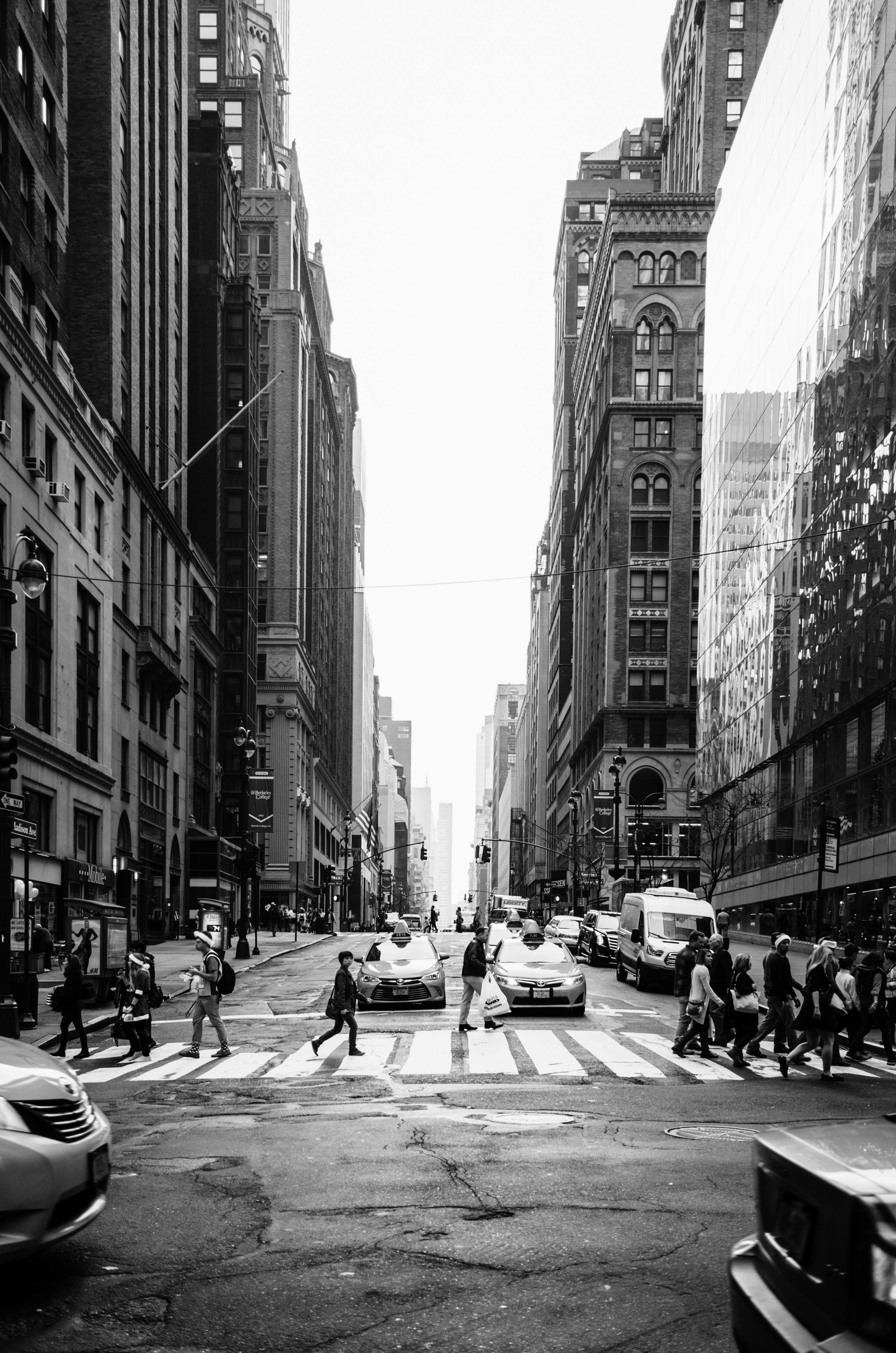The Art of the Black and White Image: A Deep Dive
Black and white photography is more than just the absence of color; it's a timeless art form that emphasizes emotion, composition, and texture. By stripping away the potential distractions of a color palette, monochrome imagery forces us to see the world in its fundamental forms: light, shadow, shape, and texture. In this deep dive, we'll explore why these images have such a profound impact and how you can master the craft.
1. The Power of Emotion and Mood
Without color, the raw emotion of a scene comes to the forefront. A joyful smile, a moment of quiet contemplation, or the dramatic tension in a stormy sky can all feel more potent in black and white. The high contrast between light and dark (a technique known as chiaroscuro) can create a powerful sense of drama and mystery, instantly setting the mood for the entire piece.
2. A Focus on Composition and Form
Monochrome photography is the ultimate study in composition. Your eye is naturally drawn to the interplay of lines, the repetition of patterns, and the balance of shapes within the frame. Negative space becomes a more active and crucial element, defining the subject and guiding the viewer's gaze. It's an excellent way for photographers to hone their compositional skills.

3. Revealing Texture and Detail
From the rough bark of a tree to the smooth surface of still water or the intricate wrinkles on a person's face, black and white photography excels at revealing texture. The subtle gradations of gray tones (the tonal range) can render these details with astonishing clarity and depth. To capture the best textures, pay close attention to your light source; side-lighting is often perfect for highlighting surface details.
4. The Timeless, Classic Appeal
Black and white images possess a timeless quality that transcends trends. They connect us to the very origins of photography, lending a sense of history and permanence to the subject. This is why black and white is a perennial favorite for portraiture, wedding photography, and fine art—it creates an heirloom, not just a snapshot.
Tips for Creating Stunning Black and White Images
- Look for Contrast: Train your eye to see scenes not in color, but in terms of light and shadow. Strong contrast often makes for a compelling black and white image.
- Focus on Shapes and Lines: Seek out interesting geometric patterns, leading lines, and strong silhouettes.
- Use a Low ISO: To get the cleanest possible image with the most detail and tonal range, use the lowest ISO setting your camera allows for the lighting conditions.
- Shoot in RAW: If possible, shoot in RAW format. This captures much more data than a JPEG, giving you maximum flexibility when you convert to black and white in post-processing.
- Experiment with Editing: Don't just click "desaturate." Use our Black And White Image Converter to fine-tune the conversion. Adjusting contrast, brightness, shadows, and highlights can dramatically change the final image. Try our 'Film Noir' or 'High Contrast' presets to see the effect instantly!
Ready to start your journey into the world of monochrome? Upload an image to our Black And White Image Converter and begin creating your own timeless masterpieces today.